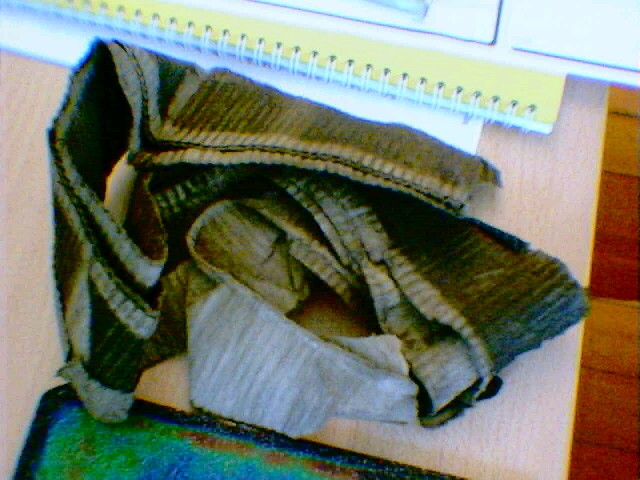
Replacing the Mk-III Fuel Filter
All Mk-III Supras have an inline fuel filter mouted to the chassis just forward of the fuel tank. This is typically overlooked in routine servicing, and especially with Japanese imports, may never have been changed. See the picture below for a view of the innards of a used filter. The innards are just a spiral of tightly wrapped paper, and consequently get progressively more clogged over time.

General run down on how to change the filter:
The Toyota replacement filter part number is 23300-49155. Current (Nov 01) retail price is $62+GST.
*Depressurise the fuel system before starting*. Petrol in the eye HURTS. I can vouch for this… oops.
The filter is attached to the chassis above the diff, and forward of the rail which runs across the car in front of the petrol tank. You don't need to drop the petrol tank to get at the filter, but access may be difficult if you don't.
The filter is attached to the rail with two 10mm bolts - when undoing the filter leave these bolts attached and undo the fuel lines first. On one side of the filter there is a 17mm banjo bolt and on the other there is a 14mm flare nut. These are a little difficult to get off, and I suspect it would be best to soak them in CRC or similar for a while first. The best approach I found was that there is a 19mm boss on the fitting on each side of the filter - a 19mm spanner attached to this gives you something to push against while you try to undo the nut/banjo (the filter mount isn't strong enough for this, and just bends). Undo both fittings, then the two mounting bolts and remove the filter.
To replace the filter, attach the two feed lines before trying to mount the filter to the chassis - it's nearly impossible the other way around. The filter comes with two new copper gaskets for the banjo bolt - make sure you use them. Once it's all plumbed back up you can repressurise the fuel system before starting the car to ensure no leaks. To do this jumper the FP and B+ jumpers in the diagnostic block next to the battery in your engine bay. Turn the ignition on (don't start the car) and you should be able to hear the fuel pump running. Check for leaks for a couple of minutes.